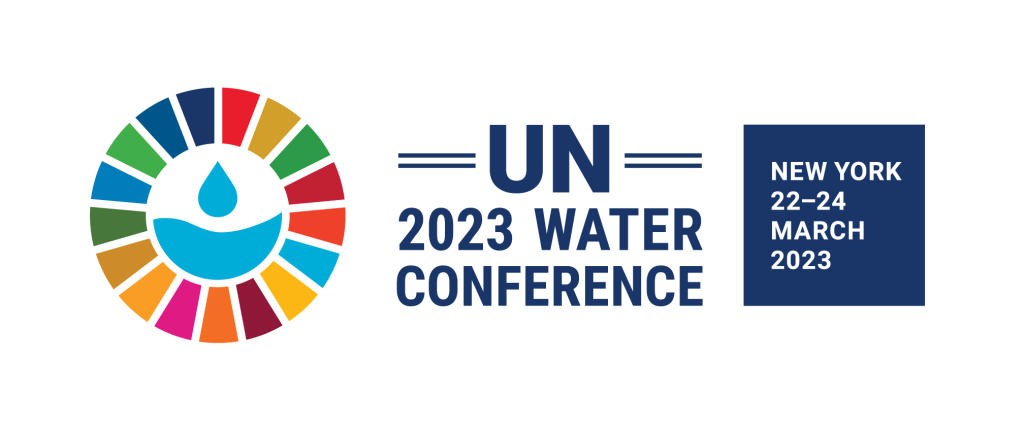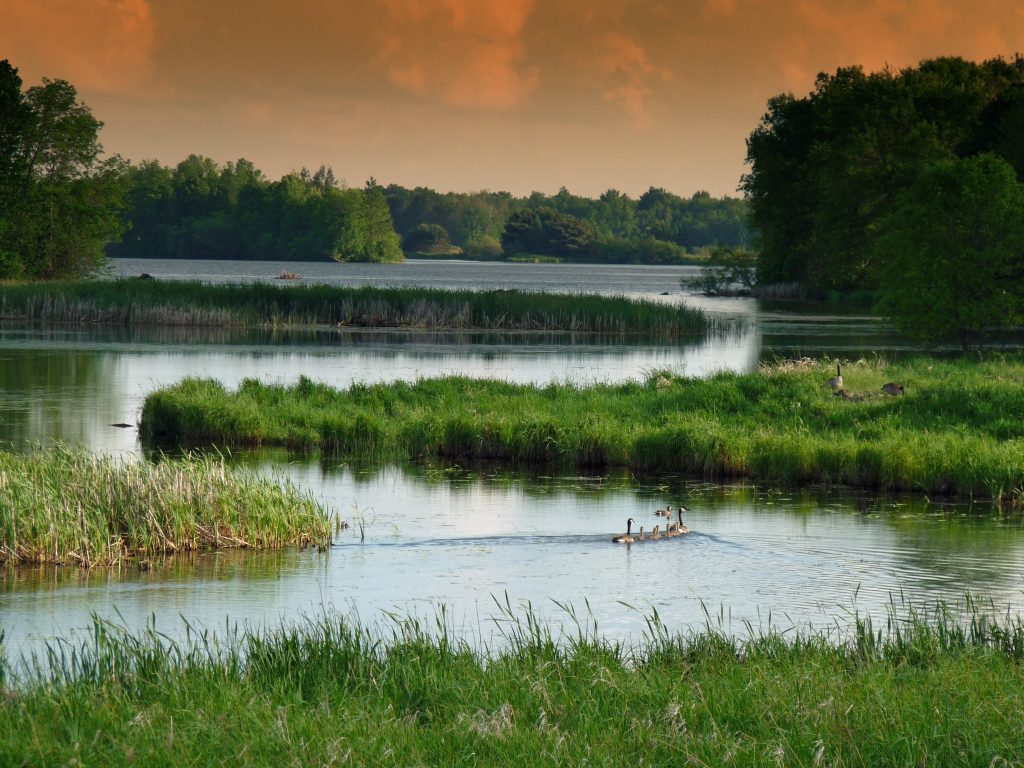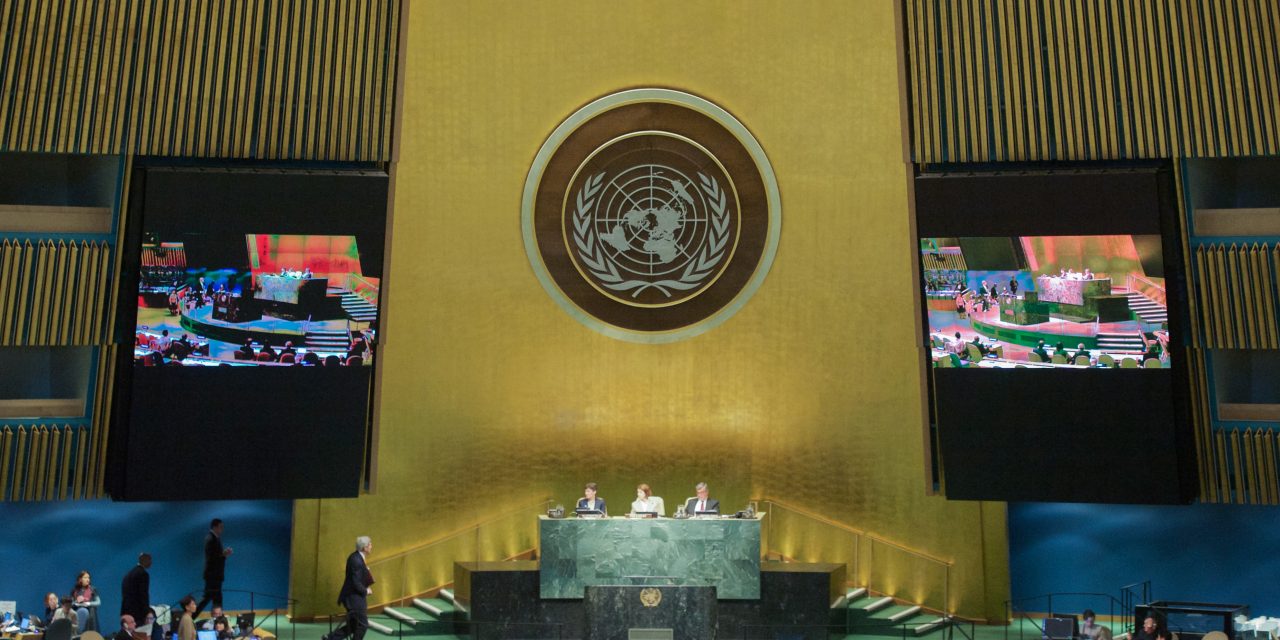During the United Nations (UN) Water Conference in March, governments worldwide committed to the most ambitious freshwater ecosystem restoration effort in history.
The Freshwater Challenge calls on governments to fast-track remediation efforts targeting the Earth’s impaired rivers, lakes, and wetlands through the remainder of this decade. By 2030, Freshwater Challenge participants aim to restore at least 300,000 km (186,000 mi) of polluted rivers and 350 million ha (865 million ac) of degraded wetlands worldwide. The initiative compels leaders in each participating country to develop clear, realistic, and time-bound action plans to restore freshwater resources within their borders.
The Freshwater Challenge complements similar UN-backed environmental pledges with a 2030 deadline, each part of a broader campaign called the UN Decade on Ecosystem Restoration. Previously agreed-upon goals include taking major steps to halt human contributions to biodiversity loss and restoring at least 1 billion ha (2.4 billion ac) of impaired land habitats.
“Healthy rivers, lakes, and wetlands underpin our societies and economies, yet they are routinely undervalued and overlooked,” said United Nations Environment Programme (UNEP) Executive Director Inger Andersen in a release following the UN Water Conference in New York. “While countries have pledged to restore one billion hectares of land, the Freshwater Challenge is a critical first step in bringing a much-needed focus on freshwater ecosystems.”
Collaboration on Restoration
Under Freshwater Challenge terms, representatives of participating countries will revisit domestic policies to facilitate the design and implementation of large-scale freshwater restoration efforts. Working alongside regional and local jurisdictions, nonprofit groups, indigenous peoples, and other stakeholders, representatives will prioritize bodies of freshwater for expedited restoration efforts and ensure that proper funding mechanisms support these efforts.

Participating nations will reconvene later this year to report their findings and create a worldwide implementation plan. This plan, which will define specific restoration targets for each country, is due for release in March 2024, according to UNEP.
The Freshwater Challenge was proposed jointly by a coalition of six countries: Colombia, the Democratic Republic of Congo, Ecuador, Gabon, Mexico, and Zambia. During the UN Water Conference, representatives from Canada, Finland, France, Germany, the Netherlands, Romania, and the U.S. provided statements in support of the resolution. International coordinating partners behind the Freshwater Challenge include UNEP, the Secretariat of the Ramsar Convention on Wetlands (Gland, Switzerland), the International Union for Conservation of Nature and Natural Resources (Gland, Switzerland), the World Wildlife Fund (Washington, D.C.), The Nature Conservancy (Arlington, Virginia), Wetlands International (Wageningen, The Netherlands), and AB InBev (Leuven, Belgium).
“Protecting and restoring wetlands is a critical global priority — for the water we need, to tackle climate change and buffer extreme events, and to halt and reverse biodiversity loss,” said Musonda Mumba, Secretary-General for the Ramsar Convention on Wetlands, in a release. “The Freshwater Challenge will help catalyze broad-based action and give effect to our common global goals.”
A Worldwide Freshwater Crisis
The Freshwater Challenge aims to address a worrisome, worldwide trend of deterioration in freshwater bodies that has become especially pronounced within the last 50 years.
The World Wildlife Fund estimates that rampant pollution, intensified by the effects of climate change, has led freshwater ecosystems to experience loss of biodiversity about twice as quickly as have terrestrial and marine biomes. Today, the world’s lakes, rivers, and wetlands contain just under one-fifth of the healthy freshwater vertebrate communities they harbored in 1970.

“The clearest sign of the damage we have done — and are still doing — to our rivers, lakes, and wetlands is the staggering 83% collapse in freshwater species populations since 1970,” said Stuart Orr, Freshwater Lead for World Wildlife Fund International, in a release. “The Freshwater Challenge puts the right goals and frameworks in place to turn this around — benefitting not only nature but also people across the world.”
Wetlands have perhaps been hit the hardest. These vital ecosystems cover only about 6% of the Earth’s land surface yet provide a habitat for approximately 40% of the planet’s wildlife species, according to the Ramsar Convention on Wetlands. Wetlands significantly enhance resilience against coastal flooding and the effects of climate change, sequestering carbon up to 55 times faster than tropical rainforests and making coastal communities less susceptible to sea-level rise. Since 1970, about 35% of the world’s wetlands have been lost — disappearing about three times faster than forests.
Rivers, too, are facing a health crisis. Susceptible to widespread nutrient pollution that has worsened with climate change as well as plastic pollution, industrial waste discharges, the spread of invasive species, and other threats, the UN considers rivers and lakes the “most degraded ecosystems in the world.” Further, the effects of dams, reservoirs, and other engineered structures have greatly impaired natural river functions — a 2019 study by a team of 34 international researchers, for example, found that only one-third of the world’s largest rivers remain free-flowing.
Top image courtesy of U.S. Department of State

ABOUT THE AUTHOR
Justin Jacques is editor of Stormwater Report and a staff member of the Water Environment Federation (WEF). In addition to writing for WEF’s online publications, he also contributes to Water Environment & Technology magazine. Contact him at jjacques@wef.org.




